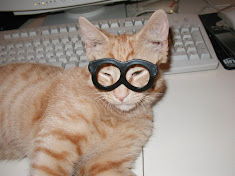 |
| Pocket Hamster by Jane Cockman |
Hamsters are relatively easy to take care of. You can feed them hamster food, vegetables, and little hamster treats to give them a good life. The bedding should be changed weekly or twice a week depending upon how many hamsters you have. The downside to hamsters is their short lives. Most live only a year or two making it difficult on the younger children.
There are lots of hamster accessories from tubes to wheels. Hamsters like other pets need to have exercise so giving them wheels to run on or having a hamster ball to run around the house in is good for them. The tubing and cages come in a variety of colors to add to a child’s fun. You can create straight pathways to other larger home areas or curve them around to reenter the same cage. Most of the caging is plastic and your hamster will try to chew or claw there way free. You will want to monitor their activity when you clean the cage to make sure they are not producing a hole. Some hamster owners go with a metal wire cage with tiny slits to avoid the chewing escape. Your preference will determine the type of accessories you purchase.
Handling hamsters should be kept to a minimum and you should always wash your hand before and after. Hamsters can have a tendency to bite if they are not handled at least once a day or if they become scared. Be cautious with little children.
Hamsters are a lot of fun for all ages whether you have a budding scientist or just want an easy pet your child can care for. You will want to make sure you feed your hamster properly by not over feeding them while maintaining proper exercise. When your hamsters procreate, you will want to separate out the mother and children from the rest of the crew. A cautionary note before concluding this article: Dwarf hamsters are very susceptible to infections with cedar chips because it can tear holes in their tiny mouths.
Author Resource: Written by David Peterson
For more information on Hamsters, visit Jinga's Pet Article World.
Article From Pet Article World



0 comments:
Post a Comment